Plant 100 Bulbs in 30 Minutes
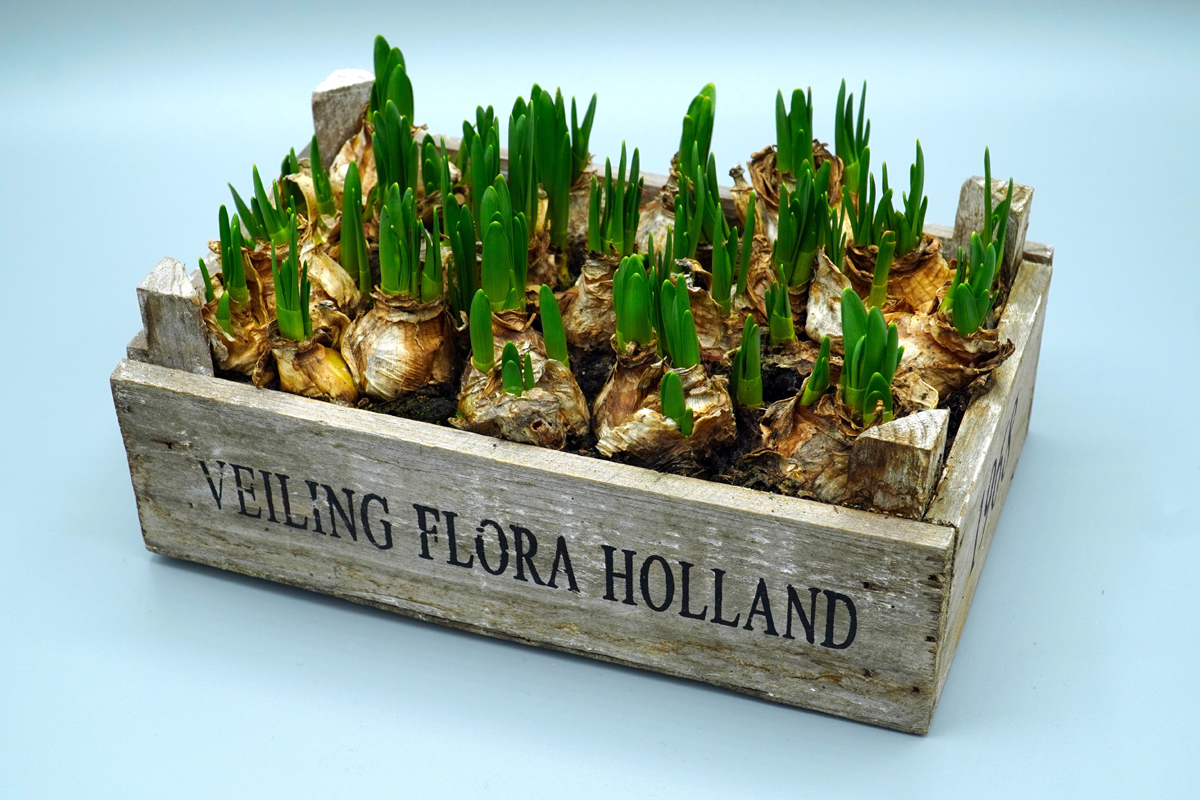
Every fall intrepid gardeners ponder their properties and plan for the new year. Or, more likely, every spring property owners drive about and jealously wonder why they did not plan ahead for beautiful spring colors bursting from tulips, daffodils and crocus. Well, now is the time to plan ahead and get your garden in shape.
If you want a high visual impact with early spring colors, then Tim Schipper, a third generation flower bulb merchant, advocates planting 100 tulips as the best way to go. His company, Colorblends, may be one of the best-kept secrets in the gardening world. This family-owned wholesaler has supplied top-quality flower bulbs to the trade for more than 90 years. Now Colorblends accepts orders from private customers, too.
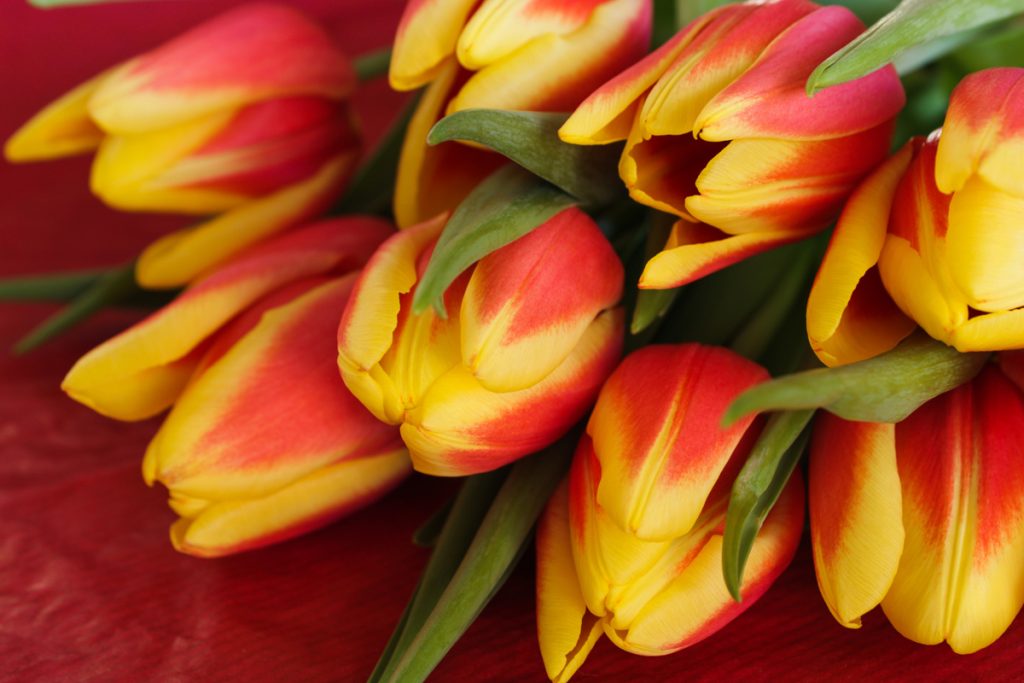
“Planting for mass effect really draws the eye. Tulips in large coordinated combinations put on a great show, ” says Schipper. His company specializes in colorful combinations of tulips and other flowering bulbs for spring displays called “Nature’s Fireworks.” Though Colorblends minimum order quantities — 100 tulips or 50 daffodils — may seem intimidating at first, Schipper emphasizes that planting in quantity is both easy and rewarding. “One hundred tulips will fill a 20-square-foot bed perfectly, so we’re really talking about an area almost anyone can dig up, plant and cover in 30 minutes. Don’t bother with those little single bulb planters.
They’re tiring to use and they don’t give a bulb the best start. You don’t even need to fertilize bulbs the first season. All you need is a garden shovel or spade.” Tim’s method is perfect for planting colorful spring beds that add landscape value to your property or for cut flowers at only 30 cents a stem.
Getting Ready
“Bulb size matters, says Schipper. “Larger, healthy bulbs simply produce superior plants with more impressive flowers. Why go through the task of planting and spoil the end result by using smaller bulbs? The savings are negligible and the time and effort of digging them in is probably more expensive than the bulbs themselves.” Fall planting begins when soil temperatures start dropping to 55 to 60 degrees Fahrenheit. Once you have your bulbs, unpack them immediately and store in a dry, dark and cool place (50 to 65 degrees) until you are ready to plant.
Choosing Your Site
For best results pick a spot that gets at least six hours of direct sunshine a day and has well drained soil. For 100 bulbs planted at the recommended five per square foot, you’ll need an area of about 20 square feet. Dragging up your old math skills, you may remember that the area of a square or rectangle is length times width. So, for 100 bulbs you’ll need to mark out an area of say four feet by five feet or maybe two feet by ten feet.
Planting
As a general rule the planting depth (measured from top of bulb to soil level) should be two to three times the greatest diameter of the bulb. If your soil is very sandy, plant a bit deeper, in heavy clay somewhat less deep. Keep in mind that given planting depths are measured to the top of the bulb; thus plan to excavate the area one to two inches deeper. The depth of planting will help to protect the bulbs against frost, animals, and physical damage due to hoeing and light cultivating. For 100 tulips the planting depth will be seven inches to the base of the bulb.
For planting large quantities of bulbs in beds or borders follow these directions (see accompanying photos):
1). Dig out an area of 5 feet square, 7 inches deep. Place the soil on a sheet of plywood or cardboard. (15 minutes).
2). Place the bulbs evenly and position points up. Some bulbs may end up sideways or upside down when covered. Don’t worry — they will grow properly thanks to geotropism: plants always grow opposite gravity. (5 minutes).
3). Slide half the soil from the plywood onto the bulbs and tamp down lightly. If the soil is dry at the time, water thoroughly. The water will wash the soil in around the bulbs eliminating air pockets and will start the bulbs rooting. Finish covering the bulbs with the remaining soil. (10 minutes)
Wash up and wait for spring! The lush beds of flowers that spring up wherever you’ve planted this way will change the way you feel about tulips and other spring bulbs forever.
The Author:
Sandra Wilson – You can find Colorblends on the web at Colorblends.com
Photo. Matthias Bockel, Armennano
Source: (ARA) Courtesy of ARA Content

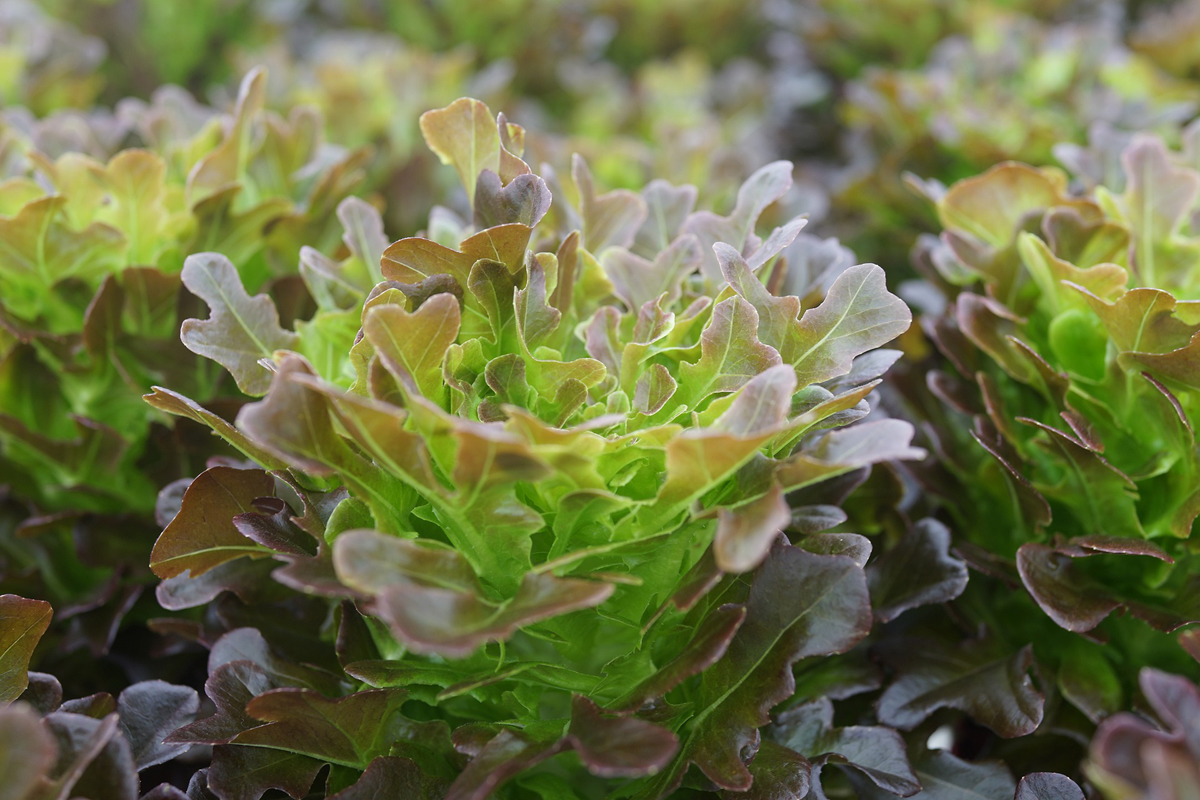
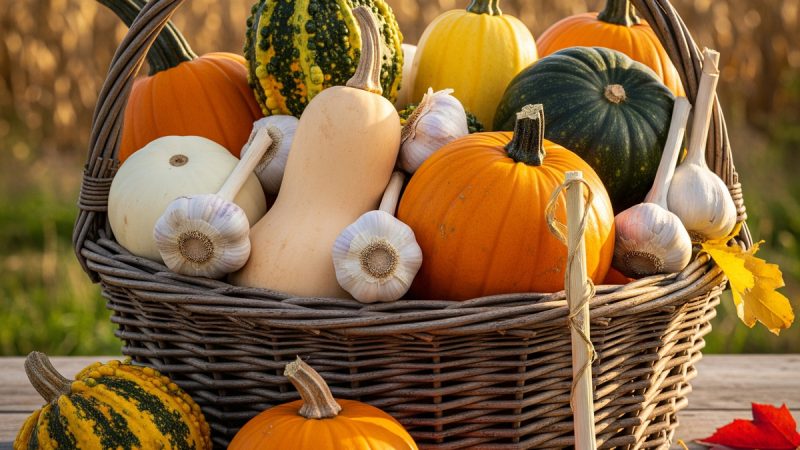
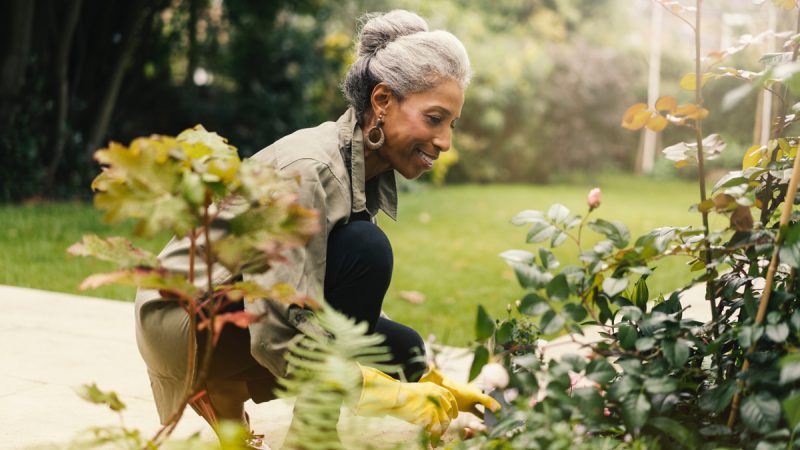
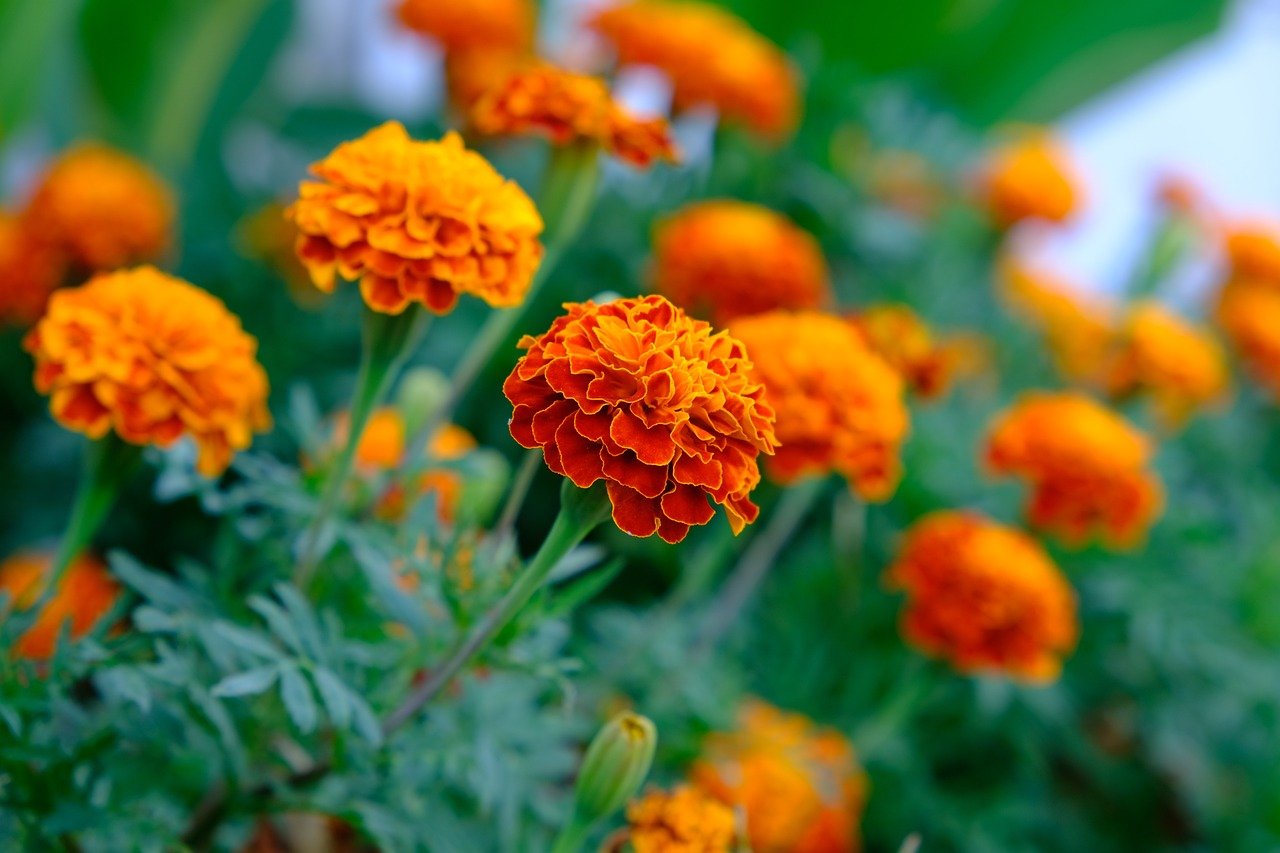

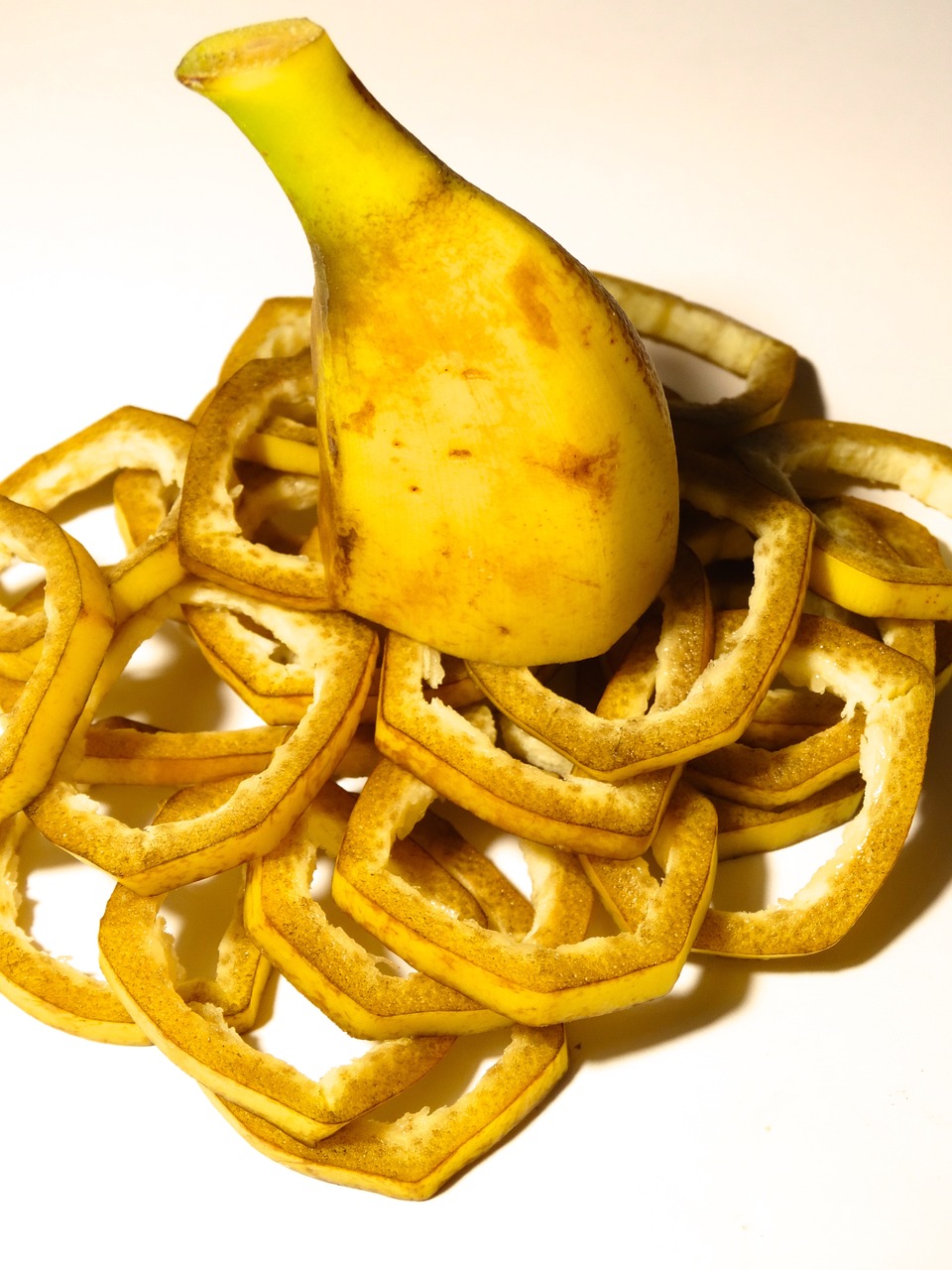


Move to North Carolina from NY two years ago. Our Home is only 14 years old without any flower beds or Veg gardens. We have 1/2 acre and it is solid clay. It would be great for making pottery. My raised Vegs are the Square foot Gardening concept – no real dirt.
How should I prepare this clay soil for the best result for Tulips and Daffadils? I have prepared one bed around a tree with 2 bucket of Sifted clay with 1 bucket of organic manure, 1 bucket of peat moss.
What do you suggest for my clay soil.
Your suggestions would be appreciated.
Thank you,
Alan
Hi Alan! It sounds like you have quite a task ahead of you with your clay soil. One way to improve clay soil is by adding organic matter, such as compost or manure, to help break up the heavy texture. Your mixture of sifted clay, organic manure, and peat moss is a good start. I would suggest continuing to amend your soil with compost and organic matter each year to improve its overall quality. Good luck with your tulips and daffodils!
Alan,
Moved from NY to the same type of clay soil here is VA, I went to a home store that sold a garden mix, I think Peat with composted manure, I worked that in bed by bed with a small tiller, worked great! Whish I could do it for my whole yard!
hope that helps
Mixing in a garden mix that includes peat and composted manure can definitely help improve the soil structure. It’s a good idea to work it in bed by bed with a tiller. You may also want to consider adding some sand or vermiculite to improve drainage. Don’t be discouraged if it takes time and effort to improve the soil, but I’m sure your hard work will pay off.
I think first of all you should choose the best location where you can plant 100 bulbs. Before you plant, you should check the soil that their soil will be good for flower bulbs. After planting a bulb, you should give the water and fertilizers time to time which will help for plant a bulb.
Choosing the right location for your bulbs is definitely important. Most bulbs prefer well-draining soil, so it’s essential to check the soil’s drainage before planting. Adding organic matter, like compost or peat moss, can help improve the overall quality of the soil and provide essential nutrients for the bulbs. Watering and fertilizing consistently throughout the growing season will also help ensure healthy growth.